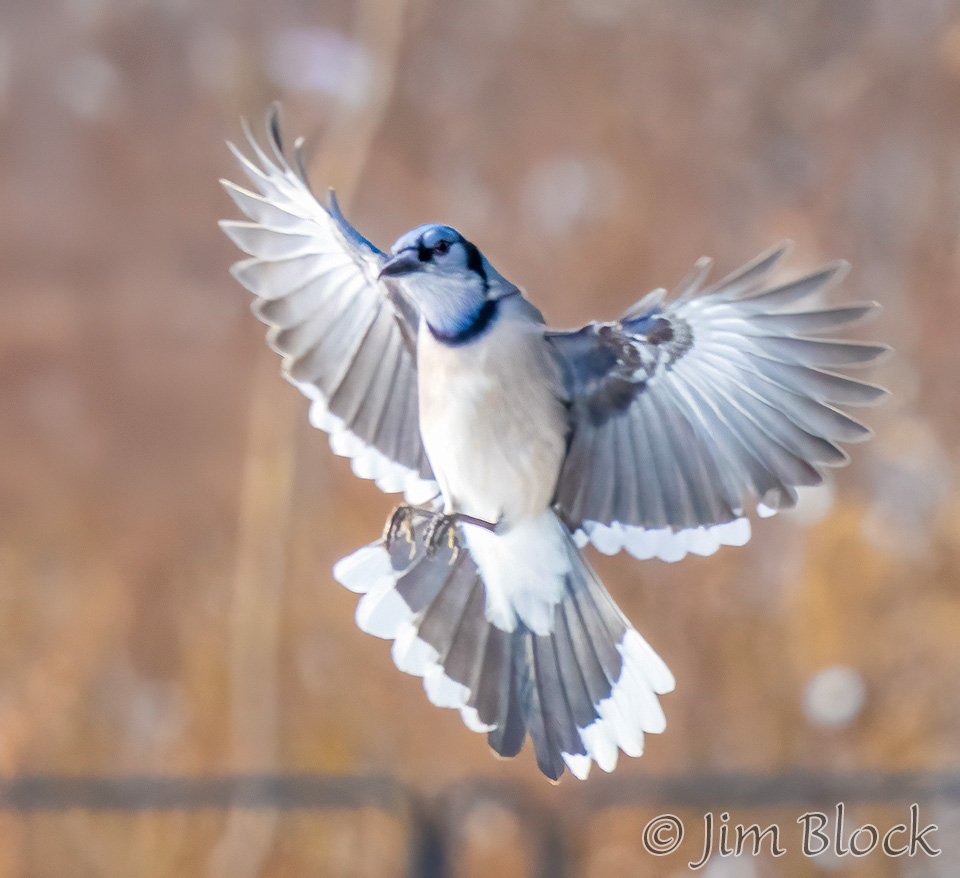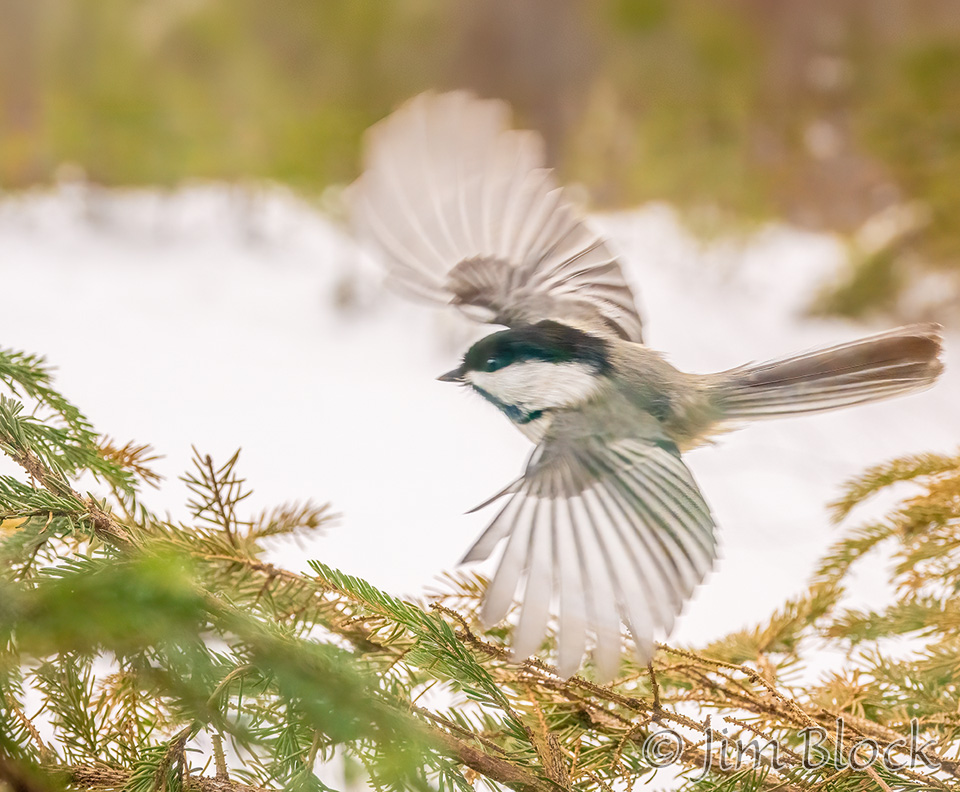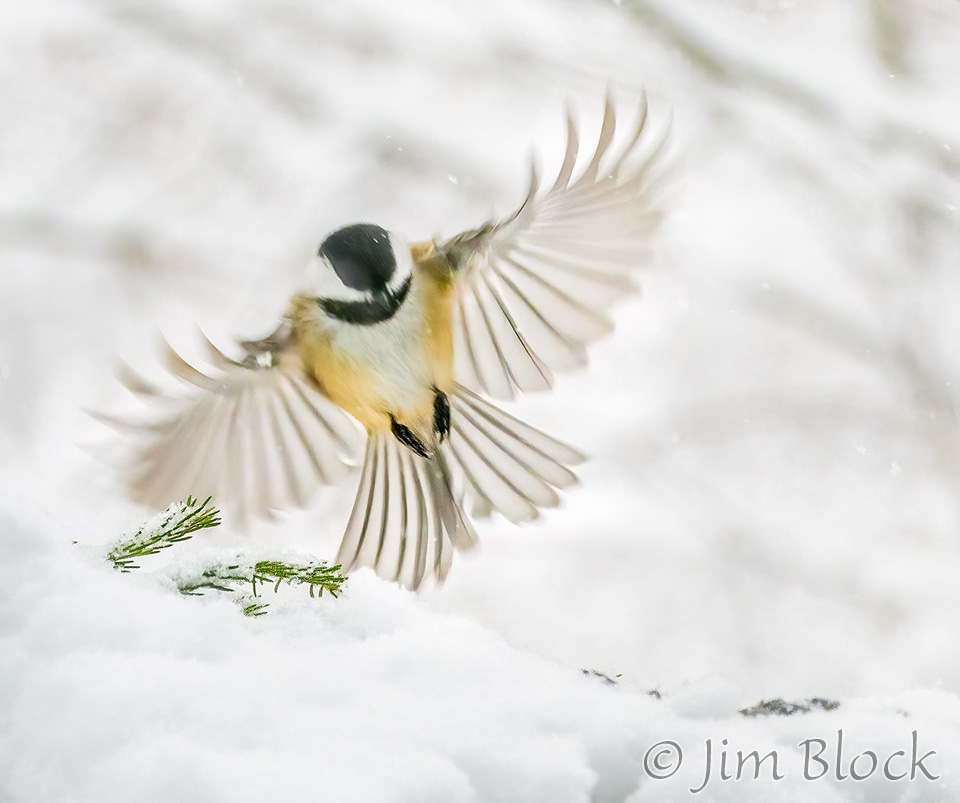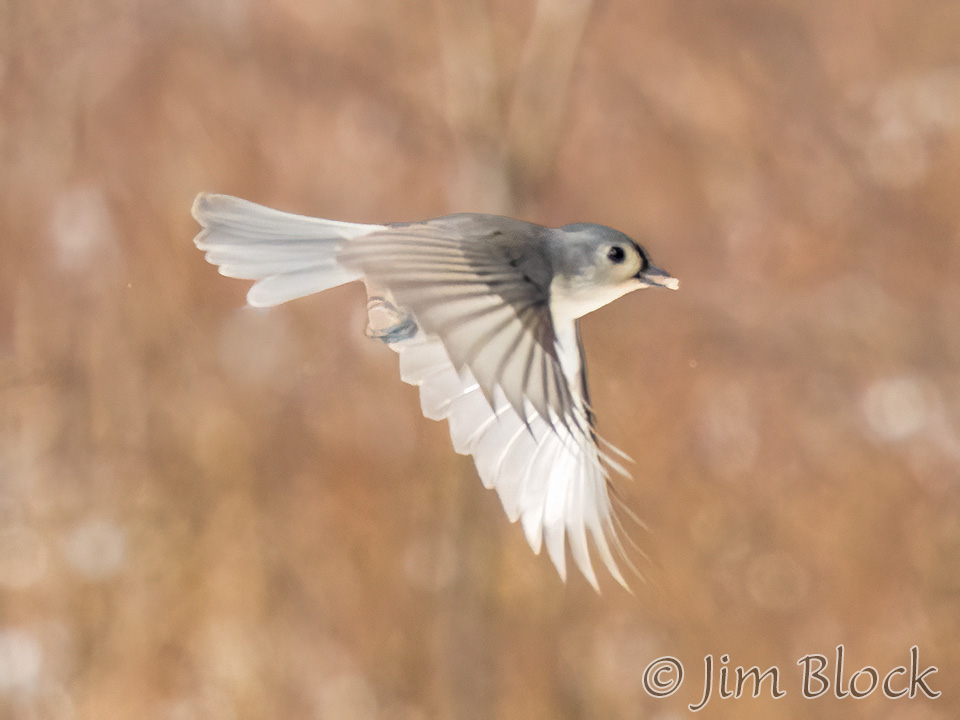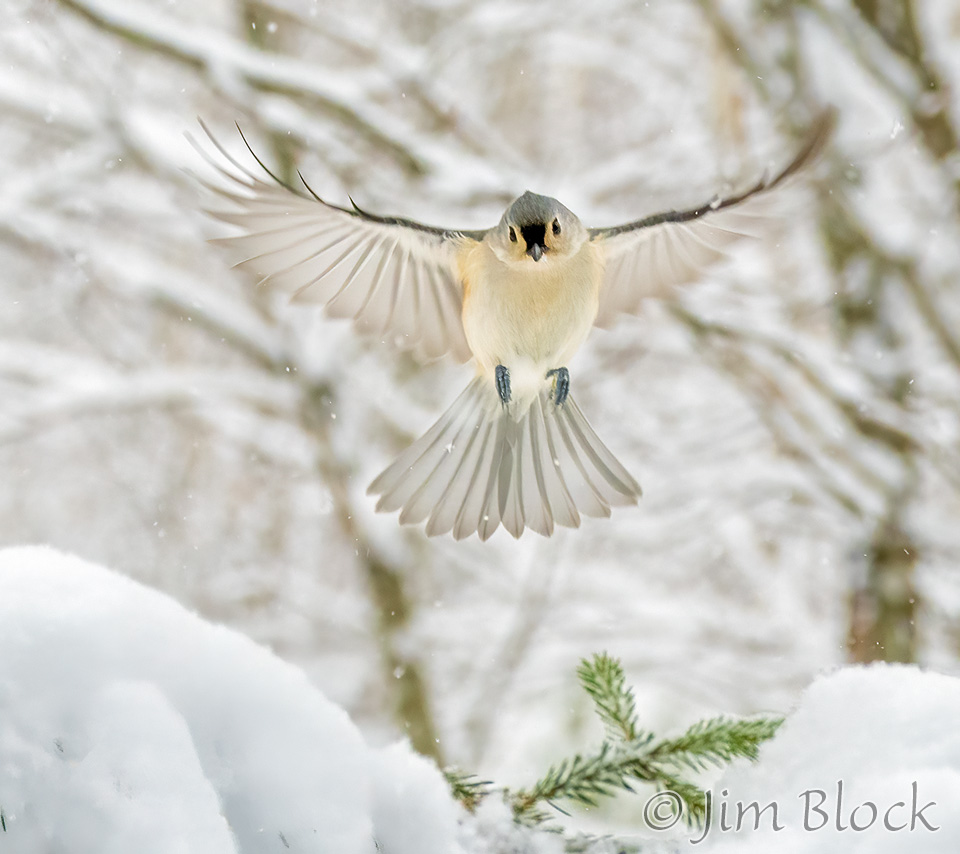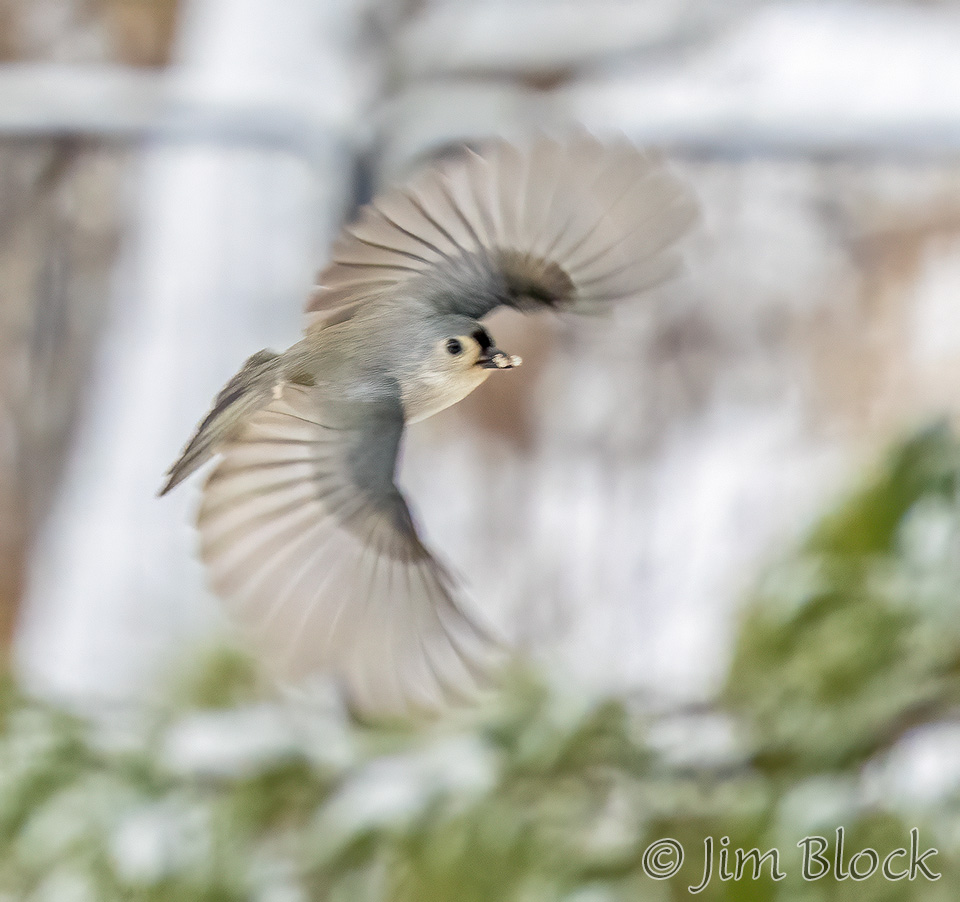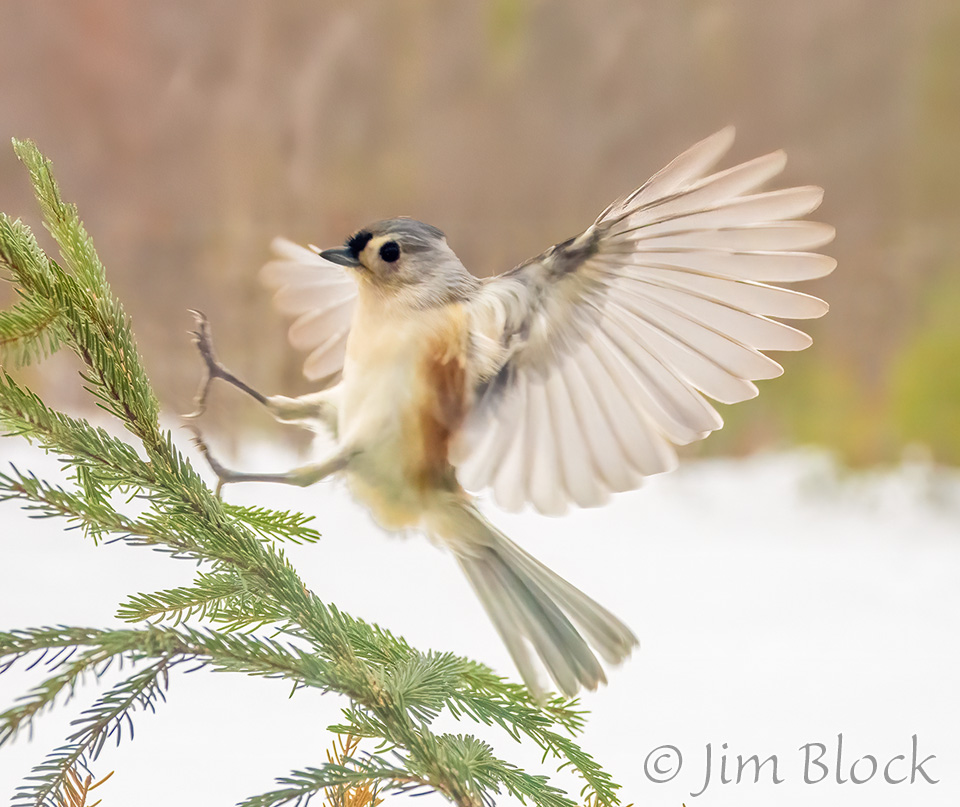




Angela spotted an Audubon’s Warbler in her yard December 2, correctly identified it, and informed a few folks who asked me to try for some photos for confirmation of this rarity. I arrived shortly before dark and took some photos. Then I went back in slightly better light. The pair of photos below are from December 2 and 3.


It was coming to her feeders.

At one point it shared them with a beautiful Red-bellied Woodpecker. A wonderful red, yellow, white, and black scene.


It is certainly unusual to see a warbler in snow. Here it is hopping around Angela’s yard.

And 30 minutes later, another hop.

Here are ten more photos of the Audubon’s Warbler.
I photographed other species with and without snow in the last two weeks in our yard and within 5 miles of our home. Here are some of the photos.
Northern Cardinal
I spotted a Cardinal and White-throated Sparrow together in Angela’s yard several times. Believe it or not, these two photos are from different days.


I’ve never seen a Cardinal in our yard.

Blue Jays
Not a species I normally seek out to photograph, I took a number of photos of Blue Jays while waiting patiently for the Audubon’s Warbler to appear.
Dark-eyed Junco
A rather plain sparrow, the Dark-eyed Junco is more interesting photographically in flight.


This one sat still for almost four minutes while a Cardinal flashed by in the background.

And then it flew.

Mourning Doves

Downy Woodpeckers


Hairy Woodpeckers
I have trouble sorting hairy from downy woodpeckers in photos of them flying, but I believe the pair above are downy and the pair below are hairy. I can tell that all these are male because of the red on their heads.

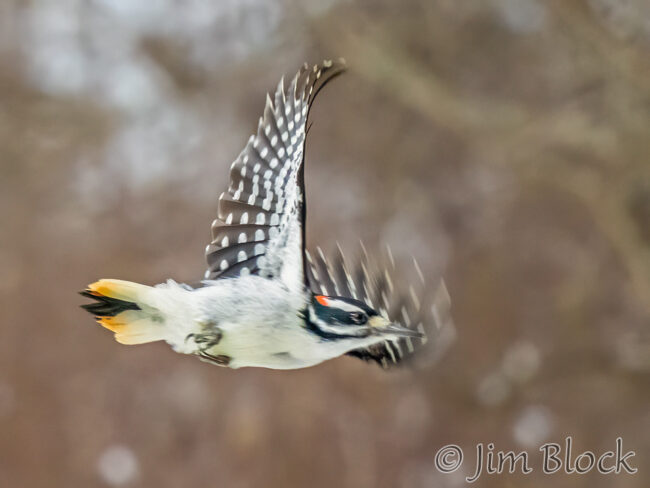
White-breasted Nuthatch

Black-capped Chickadee
A common, but charming and feisty little bird, I took this photo of a Black-capped Chickadee in Angela’s yard.

The six Black-capped Chickadee photos below were from our yard.
I managed to capture a Black-capped Chickadee and Tufted Titmouse in flight together.

Tufted Titmouse
A favorite bird of my wife, the Tufted Titmouse can be a real charmer when captured with its wings spread.

Occasionally I am lucky to get two in the same image.

I close with a dozen photos of this familiar bird.
If you haven’t seen it, be sure to check out my recently published page Species of the Pantanal.












